This post is here to discuss whether speed(lower) affects the amount of gold or seeds collected per move as it relates to the totals collected at the end of the Stage. In short does taking a slower team get me more gold and seeds at the end of a mission.
My conclusion, as the evidence shows is pretty clear indication the answer is 'NO' slowness doesn't help or the measurable amount is fairly inconsequential. But anyway on to the data.
All of my tests were done on the Level 80 'bonus' garden. The only real variable in this tests was the helper unit which I tried to pick a unit with 450 speed for both my slow and fast teams, so the helper unit wouldn't skew the numbers to one side or the other.
Below is the way I'm going to show my data for my runs, hopefully the explanation makes sense for reading of the rest of the data.
KEY:
(slow ~ 318 avg / fast ~ 680 avg)
2@1 = 2 units went 'up' at the first random gate (they left the path to the central treasure chest)
1@2 = 1 unit went 'up' at the second random gate
1@3 = 1 unit went 'up' at the third random gate
1@F = 1 unit finished the inside circuit, made it to the center treasure chest
G = XXXX :: S = XXX Gold amount at the end of the level :: Seed amount at the end of the level
(Slow Unit)
1@1
2@2
0@3
2@F
G = 8900 :: S=700 (these numbers were rounded as the screen disappeared to quickly but they were ~~ +/- 20 on both values
------------------------
2@1
2@2
0@3
1@F
G = 8214 :: S = 576
------------------------
I only have these two data sources for the slow unit as my primary concern was getting a matching example with the fast unit to compare apples to apples.
(Fast Unit) - First I post the matching data to slow unit set 1. But there will be alot of other non-matching data sets after.
1@1
2@2
0@3
2@F
G = 9038 :: S = 620
------------------------
2@1
1@2
0@3
2@F
G = 8149 :: S = 618
------------------------
4@1
1@2
0@3
0@F
G = 7386 :: S = 448
------------------------
3@1
2@2
0@3
0@F
G = 7790 :: S = 497
------------------------
2@1
1@2
2@3
0@F
G = 9553 :: S = 609
------------------------
4@1
0@2
1@3
0@F
G = 8093 :: S = 485
-----------------------
3@1
0@2
0@3
2@F
G = 7915 :: S = 553
+ Reply to Thread
Results 1 to 7 of 7
-
LVL 80 Flower garden moves vs distance for gold/seeds
-
Advertisement
-
I wouldn't think that speed makes a difference since you're getting coins/seeds for distance travelled.
にせがいじん
-
That was my conclusion as well, the only arguments might be at certain speeds the distance per move might be such that you would get slightly more if the gold/seeds gained is rounded after every move rather than just a hidden number thats rounded at the end of the map. Then there's potential min/maxing if the rounding is 'always up / always down / nearest whole'. If the rounding exists at all, its also possible that any remainder is just dropped.
So I'm fairly confident to say that slower units don't increase net gains, but there may be a 'sweet spot' for speed to sit, but determining that value is definitely beyond my grasp, and the gains seem like they would be pretty inconsequential.
-
I'm thinking of something: when you end a map and you have at least one team left turning around trapped in those event map circle. Does the game end based on the number a squad have walked or the number of turn after the first unit reached the final flag?
If you don't know, you can't have a team endlessy turning around. The game will finish by itslef after a time.
So if it's based on the number of turn, actually running high speed is better when you farm those maps. If not that will be the same at the end.
Edit: made a run on ?-4, seems you have a max limit till a team don't get anymore gold/seed. Or maybe it's a map limit.Last edited by Kamakiri; 05-07-2016 at 09:50 AM.
-
You get a certain amount of gold/seeds per step and per node you hit, you can see the numbers for some of the maps in the HBC wiki even.
If you want to try to research whether speed affects it or not you should really pick a map without any random tiles and have different speed teams go through it, like the early area 1 maps. Maps like the 80 stamina gardens are just way too unreliable.
-
05-07-2016 #6Rozen Guest
well just managed to get spinning around the 25 stam gold for this
got 3175 golds for 2 times in which i succeed in passing all node and reaching the point where walking no longer gives you gold
so yeah there might be hard limit each map or maybe it's just my luck
-
While I agree a flat map with no random tiles would have been optimal, you'd also only have one data set to compare to another (slow vs fast at distance X) and would never have any (slow vs fast at distance Y) for comparison. Another problem with doing the test one something that level is the level size is so small the numbers on the received items would be smaller, which makes it harder to determine whether there the results is just the RNG of what you've received from a unit's move.
That being said I did some tests on 1-3 mostly to just watch a single units' gains. Watching a 444 speed unit I had numbers ranging from 29-46(coins). Then with a unit with a speed of 239. I saw numbers ranging between 11-26. Given these sample sizes are not huge maybe about 50 (moves) per unit and some of those moves resulted in seeds. So take this as you will.
It certainly seems the random amount you get does use speed / distance as a metric in its generation. Something like { (Distance * RNG) * Difficulty multipliers }. If anything this means that taking full set of slow units with the goal of having more turns isn't going to INCREASE your end rewards, if anything it would only bring your ending rewards to tighter cluster for finding out the average rewards for a given map.
(Just for fun) It can actually have the exact opposite effect. It can cause you to lose seeds, (but not really gold) if you use a slow enough unit on a low enough level. There were more than a few times my 239 speed unit would make moves and get nothing, my guess is that the move - reward being chosen was a seed and { (Distance * RNG) * Difficulty multipliers } < (.5 or 1) -I can't reasonably discern which of those two values it is. And therefor rounded to 0.
-
Advertisement





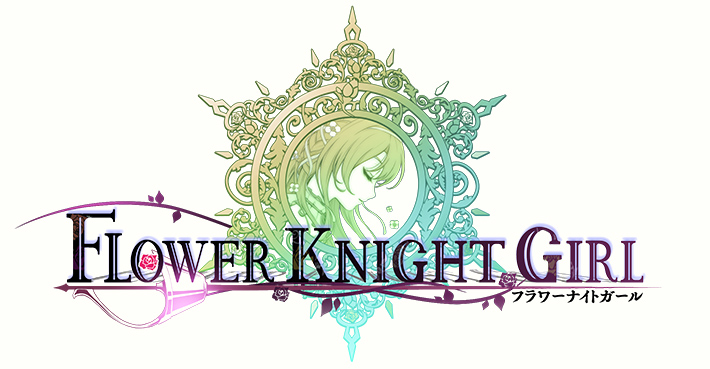


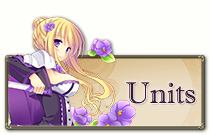
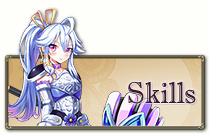
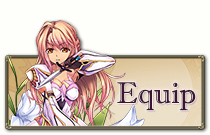
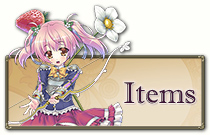

 Reply With Quote
Reply With Quote